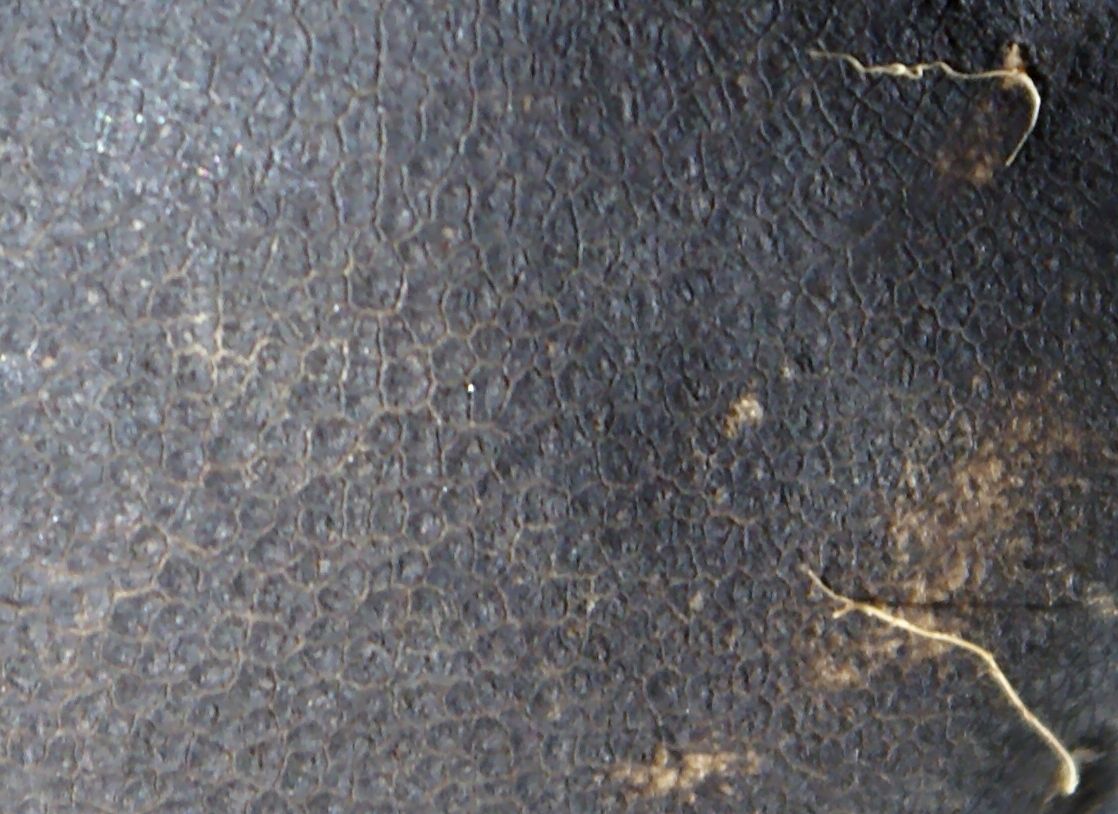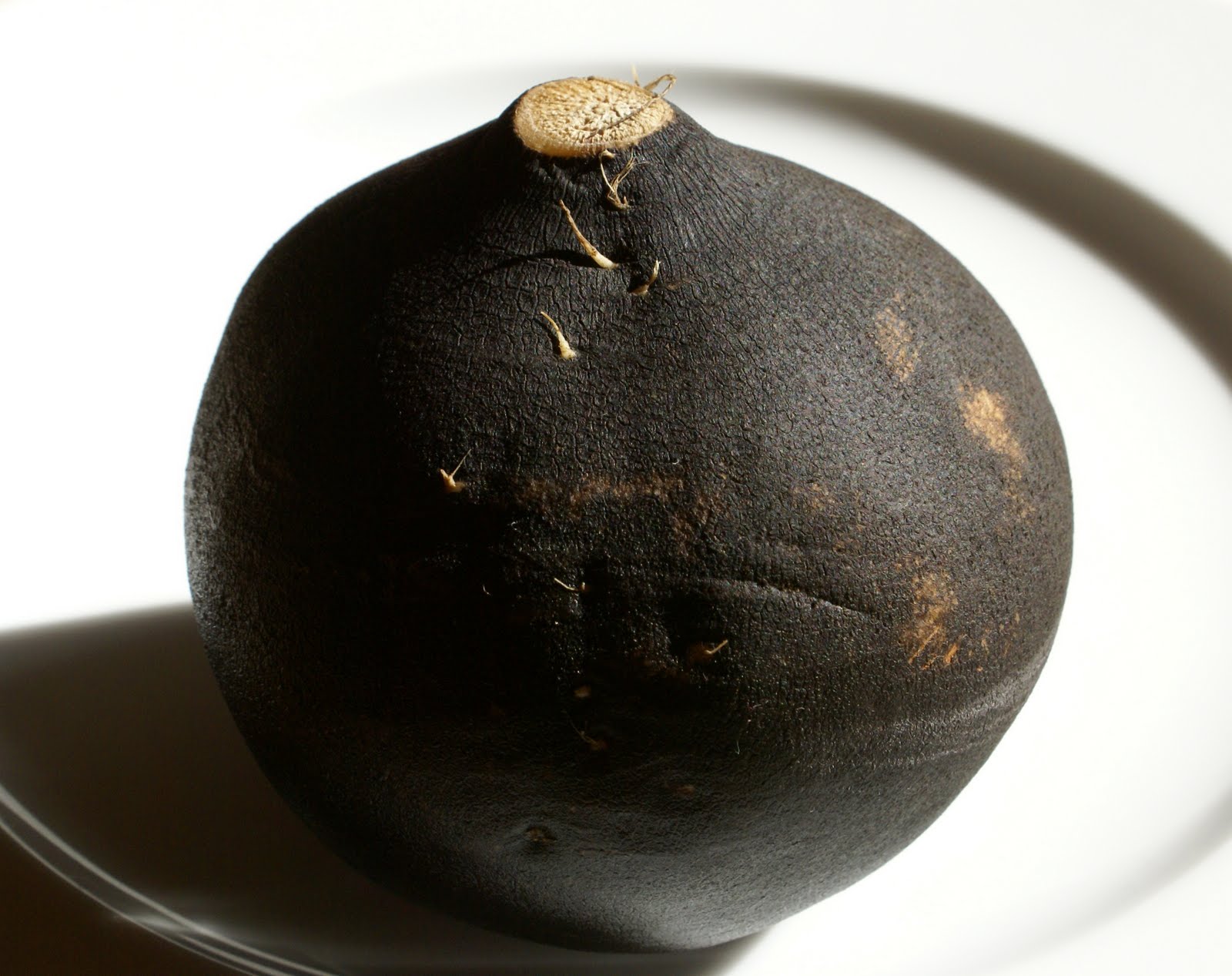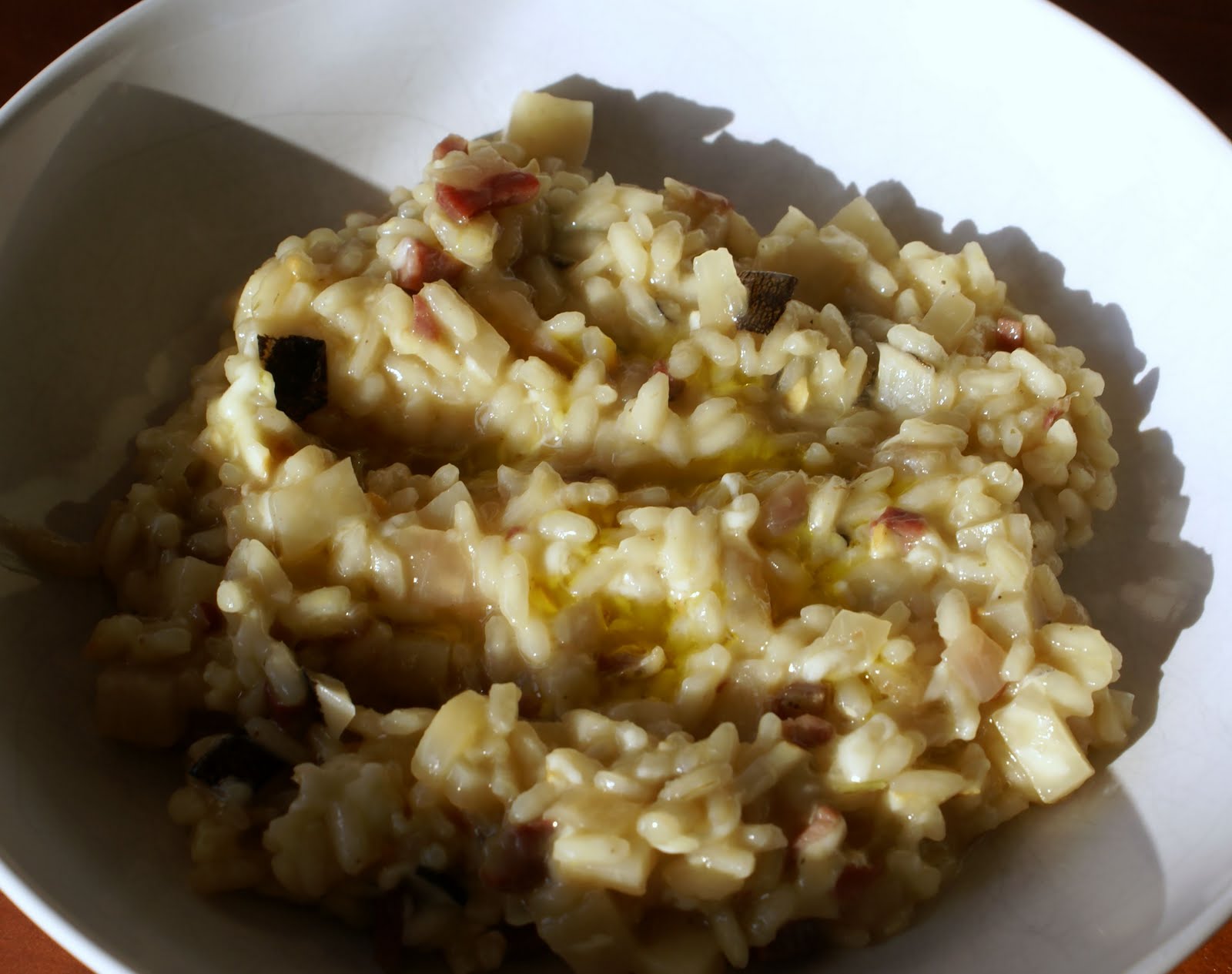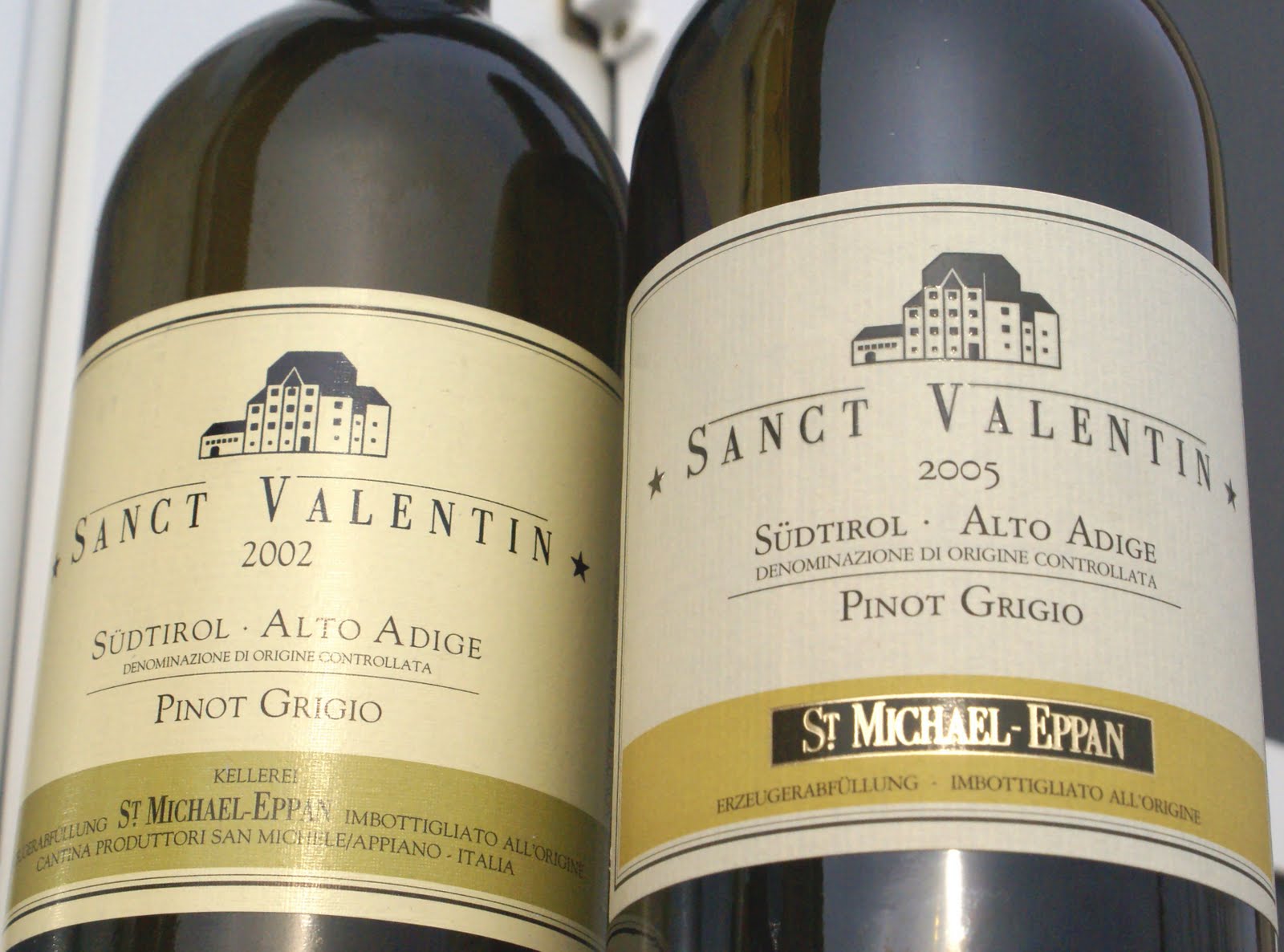Black diamonds
Posted on 25 November 2009
 Winter is not a very exciting time for food here in Poland. When wild mushrooms, pumpkins and new season pears and apples are gone, we are left with exceedingly few vegetarian options. (That’s why we’re experts at pickling vegetables, including our signature pickled cabbage that can be used in savoury dishes such as bigos).
Winter is not a very exciting time for food here in Poland. When wild mushrooms, pumpkins and new season pears and apples are gone, we are left with exceedingly few vegetarian options. (That’s why we’re experts at pickling vegetables, including our signature pickled cabbage that can be used in savoury dishes such as bigos).But winter is also an occasion to reconcile with root vegetables. Poland has many, from potatoes to celeriac to beetroot. One of my favourites is black turnip (czarna rzepa in Polish). Together with the white turnip, it is likely one of the oldest vegetables still in use, going back to pre-Christian times. It’s a medium-sized, round bulb, hard as a fist, with a rough black skin that looks like a diamond between vegetables:
 Black turnip apparently is known in many countries, including Germany (Winterretich), France (navet du Pardailhan has a different shape), Britain and the US where it’s called Black Spanish Radish. But I’ve never seen it sold or cooked anywhere in the ‘West’. For me it remains the quintessential Eastern European veggie, stern, earthy, very ‘old-Slavic’.
Black turnip apparently is known in many countries, including Germany (Winterretich), France (navet du Pardailhan has a different shape), Britain and the US where it’s called Black Spanish Radish. But I’ve never seen it sold or cooked anywhere in the ‘West’. For me it remains the quintessential Eastern European veggie, stern, earthy, very ‘old-Slavic’. It has a considerably stronger flavour than white turnip: earthy, spicy and peppery. (It also gives off a rather unpleasant smell when boiled, like boiled cauliflower but worse, so it’s best cooked in butter or oil). When really fresh it can be grated into a salad, and is an excellent raw material for deep-fried crisps.
It has a considerably stronger flavour than white turnip: earthy, spicy and peppery. (It also gives off a rather unpleasant smell when boiled, like boiled cauliflower but worse, so it’s best cooked in butter or oil). When really fresh it can be grated into a salad, and is an excellent raw material for deep-fried crisps.The range of culinary preparations, in fact, is wide – I recall a friend reducing black turnip wedges in a bottle of Tokaji eszencia: a really expensive dish but a fabulous explosion of sweet & savoury flavours! One of standard preparations is black turnip risotto. I use light vegetable stock for this recipe, to let the turnip flavours dominate the whole. In this season, the addition of toasted, roughly chopped fresh hazelnuts at the end of cooking adds a luxurious twist, as does a generous helping of a tangy grated pecorino.
 Root vegetables are interesting partners with wine. Any colour can be fine, but the wine usually needs to have a strong flavour and good minerality, so these veggies are natural matches with real terroir wines. Black turnip’s strong earthy flavour makes the choice of a red a bit tricky (though Pinot Noir styles could work). I much prefer a white, but it needs plenty of body and personality. Think a dry Hungarian Furmint like this one, a wine from the Jura, or a strong Chenin Blanc in the style of Savennières. But my favourite is Pinot Gris. Adding a splash of sweet wine into the sauce, a richer Alsace style works nicely, but with the above-mentioned risotto I prefer a bone-dry, mineral rendition from Northern Italy. (Not your commercial diluted Pinot Grigio, of course).
Root vegetables are interesting partners with wine. Any colour can be fine, but the wine usually needs to have a strong flavour and good minerality, so these veggies are natural matches with real terroir wines. Black turnip’s strong earthy flavour makes the choice of a red a bit tricky (though Pinot Noir styles could work). I much prefer a white, but it needs plenty of body and personality. Think a dry Hungarian Furmint like this one, a wine from the Jura, or a strong Chenin Blanc in the style of Savennières. But my favourite is Pinot Gris. Adding a splash of sweet wine into the sauce, a richer Alsace style works nicely, but with the above-mentioned risotto I prefer a bone-dry, mineral rendition from Northern Italy. (Not your commercial diluted Pinot Grigio, of course). With this week’s rzepa, I’ve opened two vintages of the Pinot Grigio St. Valentin from the San Michele Appiano co-op in Alto Adige. The 2002 is (very) slowly maturing, and has surprising power left. Only slightly aged in the bouquet (honey and dried herbs), it shows that typical rich, creamy texture of Pinot Gris while staying quite dry. The acidity is low, and there’s an obvious contribution of new oak but it’s the strong mineral backbone that lends this wine a lovely sense of balance. It’s drinking very well now, but with turnip I’ve actually preferred the 2005 version of the same wine. The structure is similar – good body, moderate oak, lowish acidity – but the minerality is more upfront, and there is a juiciness that’s gone in the older version. Both vintages are quite similar though – consistency is this overperforming co-op’s big asset. Great food wines.
With this week’s rzepa, I’ve opened two vintages of the Pinot Grigio St. Valentin from the San Michele Appiano co-op in Alto Adige. The 2002 is (very) slowly maturing, and has surprising power left. Only slightly aged in the bouquet (honey and dried herbs), it shows that typical rich, creamy texture of Pinot Gris while staying quite dry. The acidity is low, and there’s an obvious contribution of new oak but it’s the strong mineral backbone that lends this wine a lovely sense of balance. It’s drinking very well now, but with turnip I’ve actually preferred the 2005 version of the same wine. The structure is similar – good body, moderate oak, lowish acidity – but the minerality is more upfront, and there is a juiciness that’s gone in the older version. Both vintages are quite similar though – consistency is this overperforming co-op’s big asset. Great food wines.
